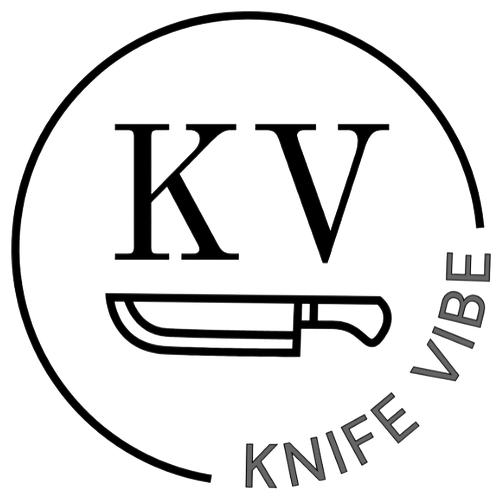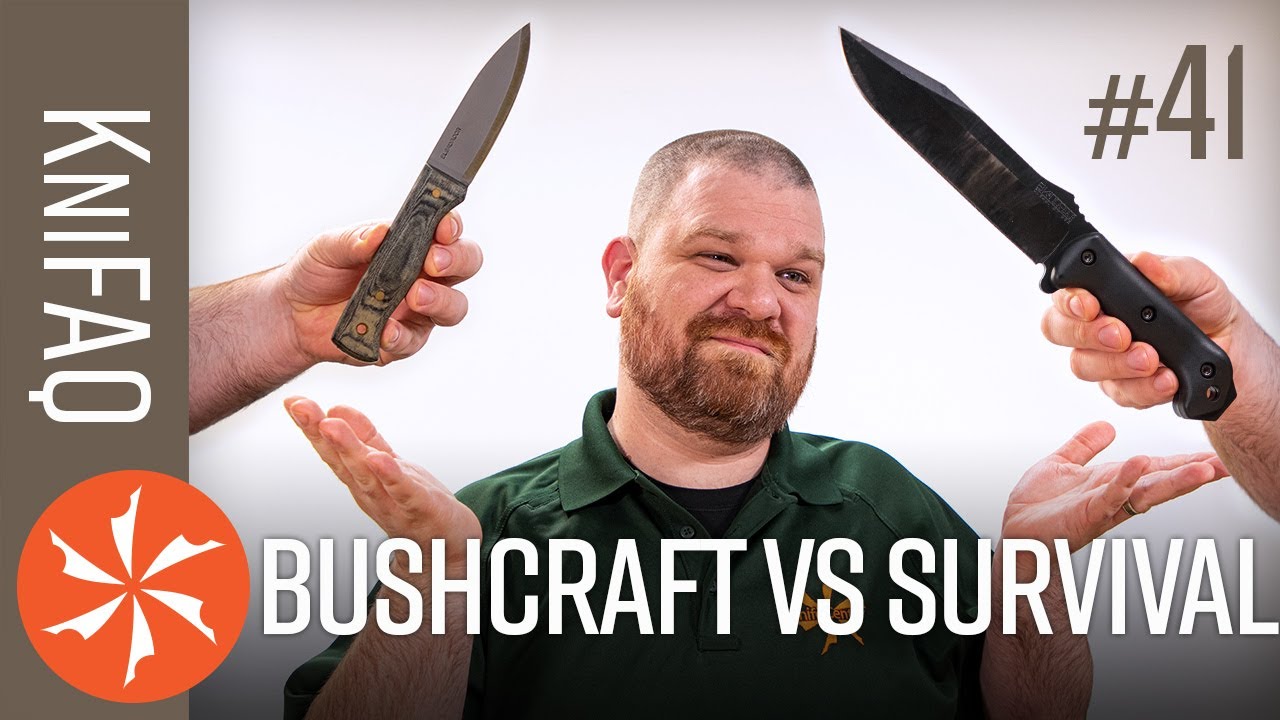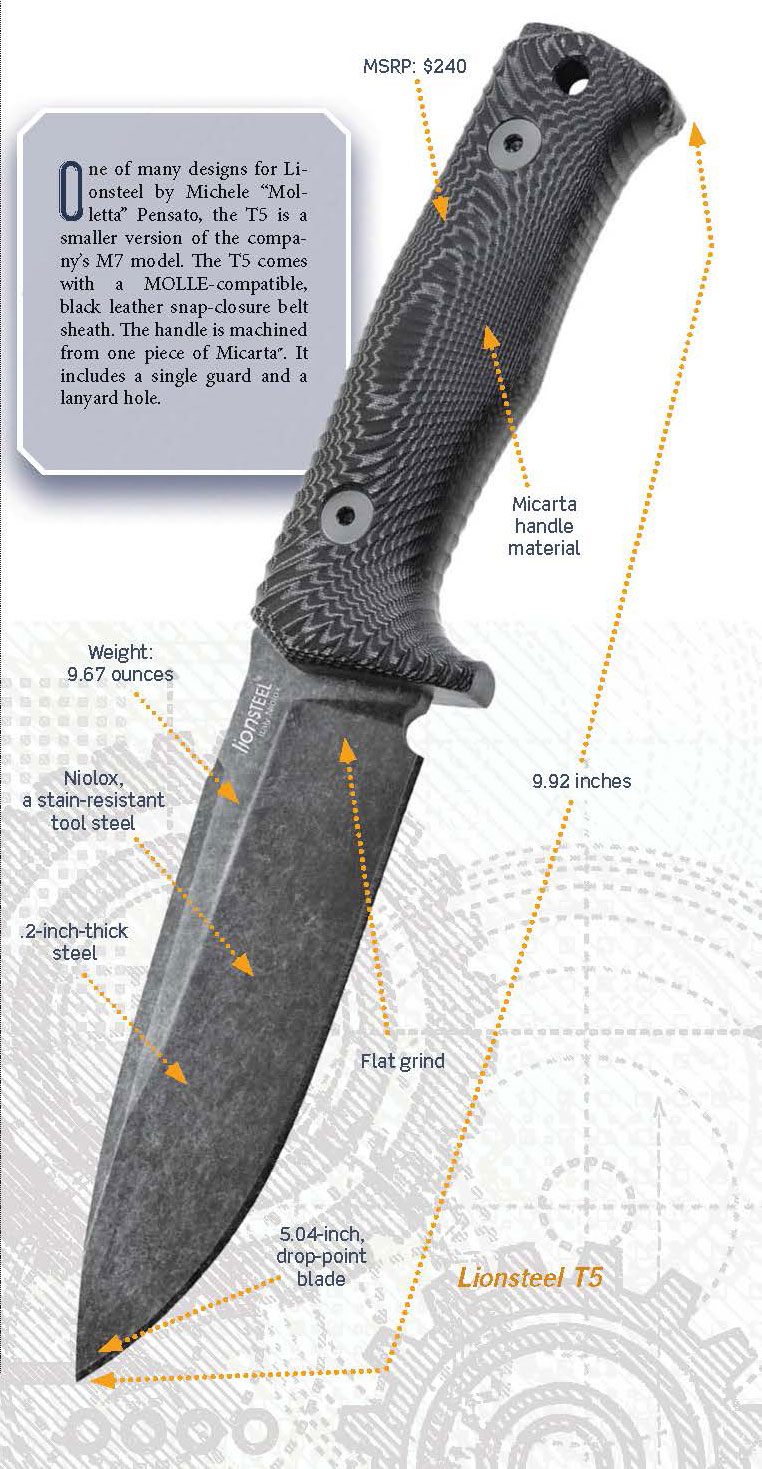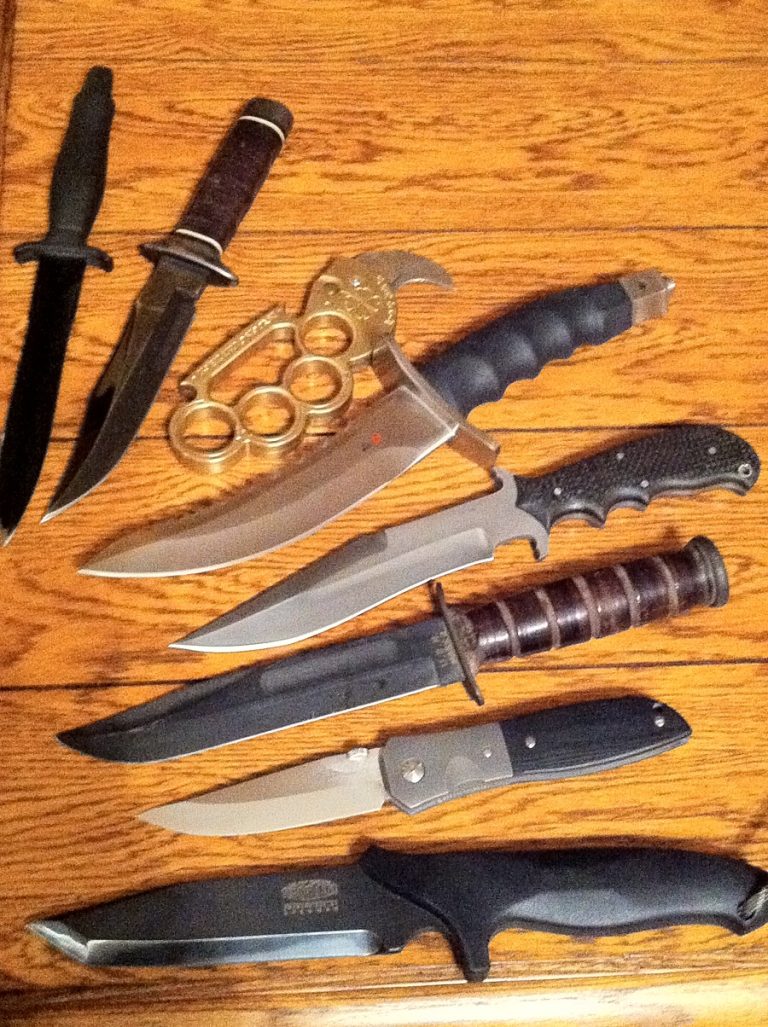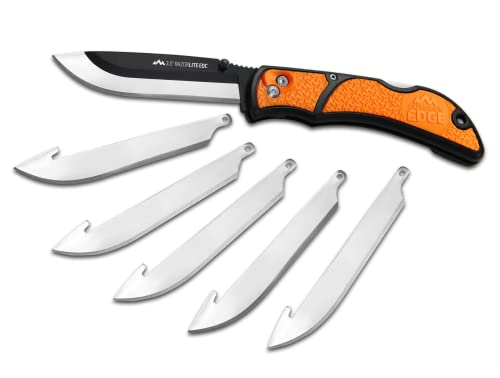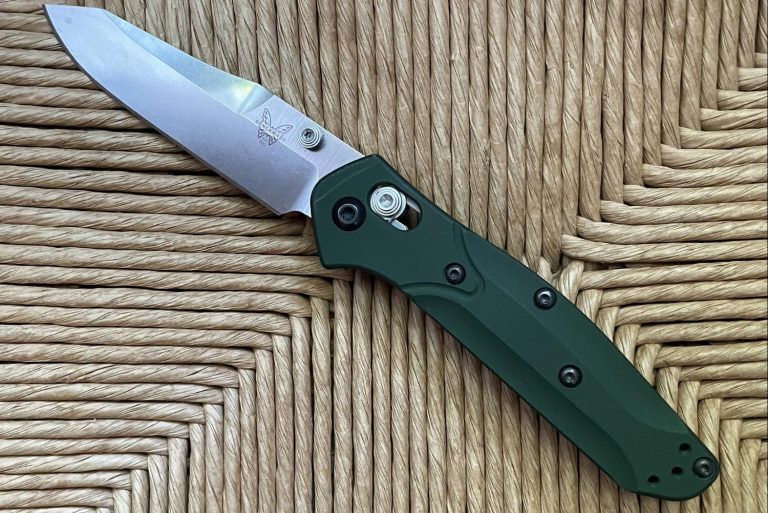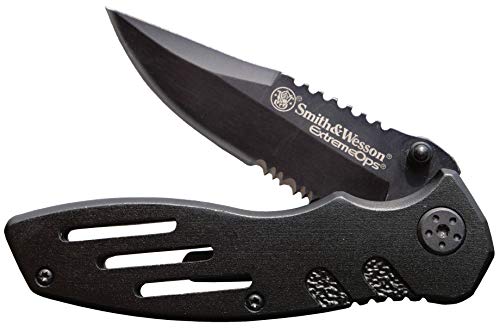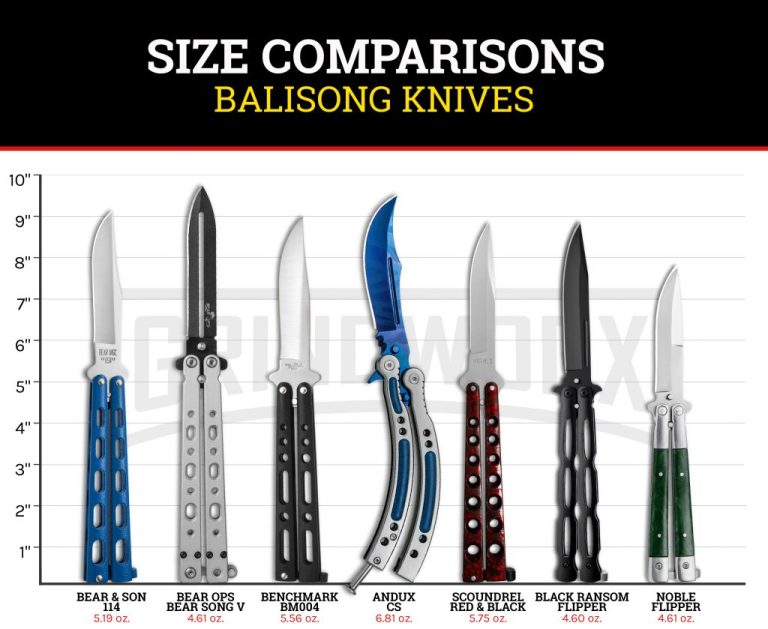Bushcraft Vs Survival Knife: Which Is Best for Wilderness Adventures?
Choosing the right knife is crucial for outdoor adventures. Bushcraft and survival knives serve different purposes.
Bushcraft knives excel in tasks like carving and crafting in the wild. Survival knives are designed for emergency use and tough conditions. Understanding their differences helps you select the right tool. This guide explores the unique features of both knife types.
You’ll learn which knife suits your needs best. Whether you’re a camper, hiker, or survivalist, the right knife makes a big difference. Read on to discover the strengths and uses of bushcraft and survival knives. Make an informed choice for your next outdoor adventure.
Introduction To Bushcraft And Survival Knives
Choosing the right knife is crucial for outdoor enthusiasts. Both bushcraft and survival knives serve specific purposes. Understanding their differences helps you make an informed choice.
Purpose And Uses
Bushcraft knives are designed for woodcraft and wilderness skills. They excel in tasks like carving, cutting, and fire starting. These knives are often used for making shelters and crafting tools.
Survival knives are built for emergency situations. They are versatile and can handle various tasks. These include cutting, prying, and even self-defense. Survival knives often come with additional features like a sawback or a firestarter.
Historical Background
Bushcraft knives have roots in traditional wilderness living. Indigenous peoples and early explorers used these knives. They were essential for daily survival and crafting needs.
Survival knives gained prominence during World War II. Soldiers needed reliable tools for diverse challenges. Military designs influenced the development of modern survival knives. Today, these knives are a staple for adventurers and preppers alike.
Key Features Of Bushcraft Knives
When choosing a bushcraft knife, it’s essential to understand its key features. These features ensure the knife performs well in various outdoor tasks. Let’s delve into the primary aspects that set bushcraft knives apart.
Blade Design
Bushcraft knives typically have a fixed blade design. The blade is often full tang, meaning it extends through the handle. This design offers strength and durability. The blade length usually ranges from 3 to 6 inches. A shorter blade provides more control, while a longer blade can handle larger tasks.
Handle Material
The handle material is crucial for a secure grip. Common materials include wood, micarta, and rubber. Wood offers a traditional feel and can be very durable. Micarta, a composite material, is resistant to weather and wear. Rubber handles provide a non-slip grip, even in wet conditions.
Edge Type
Bushcraft knives often feature a Scandi grind edge. This edge type is easy to sharpen and maintains a sharp edge. It excels in carving, feathering sticks, and other precision tasks. Some bushcraft knives may also have a flat grind for versatile use.
Key Features Of Survival Knives
Survival knives are essential tools in the wilderness. They come with specific features that make them reliable in tough situations. Understanding these key features can help you choose the right knife for your needs.
Blade Design
The blade design is crucial. Survival knives often have a fixed blade. This offers strength and durability. The blade length usually ranges between 4 to 7 inches. A straight edge blade is common, ideal for cutting and slicing. Some knives feature a serrated edge for sawing through tough materials.
Blade thickness is also important. A thicker blade is more durable. It can handle heavy-duty tasks like chopping wood.
Handle Material
The handle material affects grip and comfort. Common materials include rubber, plastic, and wood. Rubber handles provide a non-slip grip, even in wet conditions. Plastic handles are lightweight and durable. Wood handles offer a natural feel but require more maintenance.
Handles often have ergonomic designs. This ensures comfort during extended use. Some handles include finger grooves for better control.
Additional Tools
Many survival knives come with additional tools. These can be very useful in the wild. Some knives include a built-in fire starter. Others have a whistle or a small compass. Some even have a multitool feature with screwdrivers and bottle openers.
Here’s a table summarizing some common additional tools:
| Tool | Purpose |
|---|---|
| Fire Starter | Starting fires quickly |
| Whistle | Signaling for help |
| Compass | Navigation |
| Multitool | Various minor tasks |
Choosing a survival knife with these features can enhance your survival skills. Make sure to consider what tools are most important to you.

Credit: www.amazon.com
Performance In Various Tasks
Choosing between a bushcraft knife and a survival knife can be challenging. Each type excels in different tasks. Understanding their performance in various tasks can help you make an informed decision. Let’s delve into how these knives perform in key activities.
Wood Processing
Bushcraft knives are excellent for wood processing. Their design allows for precise cuts. You can carve, whittle, and shape wood with ease. Survival knives, with their thicker blades, are better for heavy-duty tasks. They can chop and baton wood effectively. Both knives have their strengths in wood processing. The choice depends on the specific task at hand.
Fire Starting
Bushcraft knives often come with a sharp spine. This feature makes them great for striking a firestarter. You can easily create sparks to start a fire. Survival knives may also offer this feature. However, their primary focus is on durability and multi-functionality. A bushcraft knife is more specialized for fire starting tasks. It ensures you can get a fire going quickly.
Shelter Building
Shelter building requires versatile tools. Bushcraft knives are designed for fine, detailed work. You can use them to notch and carve wood for shelters. Survival knives offer more strength for cutting through tougher materials. They are better for clearing brush and making quick shelters. Both knives serve well, but the bushcraft knife excels in precision tasks. The survival knife is better for rapid and robust construction.
Durability And Maintenance
Choosing between a bushcraft knife and a survival knife often boils down to their durability and maintenance. Both knives are designed to withstand tough conditions. Yet, their upkeep and longevity can vary. Understanding how to maintain them ensures they stay reliable tools in your outdoor adventures.
Sharpening Techniques
Keeping your knife sharp is crucial. A sharp blade cuts efficiently and safely. Bushcraft knives often have a Scandi grind. This grind is easy to sharpen. Place the blade flat on a sharpening stone. Slide it back and forth.
Survival knives may have a full flat or convex grind. Use a sharpening rod or a fine-grit stone. Maintain the original angle. Consistent sharpening keeps the blade edge keen.
Rust Prevention
Rust can weaken your knife. Prevention is key. Clean your knife after each use. Dry it thoroughly. Apply a thin layer of oil. This protects the blade from moisture.
Store your knife in a dry place. Use a sheath that allows air circulation. Avoid storing a wet knife in a leather sheath. Leather traps moisture and can cause rust.
Repair Tips
Sometimes, your knife may need repairs. A loose handle can be fixed with epoxy. Apply it to the tang and reattach the handle.
If the blade chips, use a coarse stone to remove the damaged part. Gradually, use finer stones to smooth the edge.
For a bent tip, gently straighten it with pliers. Heat the blade if needed, but avoid overheating.
| Issue | Repair Method |
|---|---|
| Loose Handle | Use epoxy |
| Chipped Blade | Coarse stone, then finer stones |
| Bent Tip | Use pliers, heat if needed |
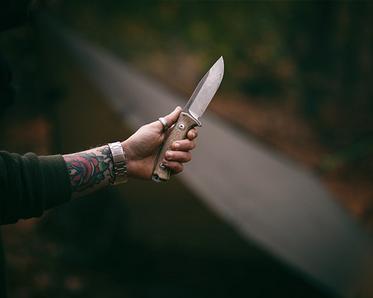
Credit: www.knivesandtools.com
Portability And Carry Options
Choosing between a bushcraft knife and a survival knife often comes down to portability and carry options. A knife’s portability can significantly impact its usability and convenience in the wild. Let’s delve into the various aspects of portability and carry options for both types of knives.
Sheath Types
The sheath is an essential part of any knife. It ensures safety and accessibility.
- Leather Sheaths: Common for bushcraft knives. They offer durability and a classic look.
- Kydex Sheaths: Popular for survival knives. They are lightweight, sturdy, and waterproof.
- Nylon Sheaths: Used for both types. They are affordable and offer decent protection.
Weight Considerations
Weight plays a crucial role in the portability of a knife.
| Knife Type | Weight | Impact |
|---|---|---|
| Bushcraft Knife | Medium to Heavy | Better for tasks requiring control |
| Survival Knife | Light to Medium | Better for quick, versatile tasks |
Accessibility
Accessibility ensures that your knife is always within reach.
- Belt Carry: Common for both. It provides easy access and keeps the knife secure.
- Neck Carry: Often used for lighter survival knives. It offers quick access.
- Backpack Attachment: Suitable for longer expeditions. It keeps the knife accessible while carrying a backpack.
Choosing the right carry option can make a significant difference in your outdoor experience.
Choosing The Right Knife For You
Finding the perfect knife is essential for outdoor enthusiasts. Your choice will depend on various factors. Key aspects to consider include personal needs, environment, and budget. Let’s explore these in detail.
Personal Needs
Your personal needs play a crucial role in selecting the right knife. Ask yourself what tasks you’ll be performing most often.
- Will you be carving wood?
- Preparing food?
- Building shelters?
A bushcraft knife is ideal for precision tasks. It typically has a sturdy blade and a comfortable handle. A survival knife, on the other hand, is versatile. It can be used for a variety of tasks, from cutting rope to skinning game. Assess your needs before making a decision.
Environment Considerations
The environment you plan to use the knife in is another important factor. Different knives perform better in different settings.
| Environment | Recommended Knife |
|---|---|
| Forest | Bushcraft Knife |
| Desert | Survival Knife |
| Urban | Survival Knife |
| Mountains | Bushcraft Knife |
Consider the typical conditions you’ll encounter. A bushcraft knife is great for dense forests. A survival knife is better suited for harsh environments. Choose accordingly to ensure maximum efficiency.
Budget
Your budget will significantly influence your choice. Knives come in a wide range of prices.
- Low budget: $20 – $50
- Mid-range: $50 – $100
- High-end: $100 and above
Even within the same price range, the quality can vary. Look for knives with good reviews. Evaluate the materials and craftsmanship. Sometimes, spending a bit more can give you a knife that lasts longer.
In summary, choosing the right knife involves considering your personal needs, the environment, and your budget. With these factors in mind, you can make an informed decision and find a knife that suits your outdoor adventures perfectly.

Credit: www.youtube.com
Conclusion: Bushcraft Vs Survival Knife
Choosing between a bushcraft knife and a survival knife can be challenging. Both knives have unique features tailored to specific tasks. Understanding the pros and cons of each can help make an informed decision.
Pros And Cons
| Feature | Bushcraft Knife | Survival Knife |
|---|---|---|
| Blade Design | Thin and precise | Thick and robust |
| Primary Use | Wood carving, fire starting | Self-defense, heavy-duty tasks |
| Portability | Lightweight | Heavier |
| Versatility | Specific bushcraft tasks | Wide range of tasks |
| Durability | Moderate | High |
Final Recommendations
Choosing the right knife depends on intended use. If you enjoy making campfires and carving wood, a bushcraft knife is ideal. It excels in precision tasks.
For those requiring a tool for emergencies or self-defense, a survival knife is better. Its robust design handles tough conditions.
- Bushcraft Knife: Great for carving, lightweight, and precise.
- Survival Knife: Suitable for heavy-duty tasks, durable, and versatile.
Evaluate your needs and activities. This will guide you to the right knife for your adventures.
Frequently Asked Questions
What Is A Bushcraft Knife Used For?
A bushcraft knife is used for outdoor activities like carving, fire starting, and shelter building. It’s a versatile tool for wilderness survival.
How Is A Survival Knife Different From A Bushcraft Knife?
A survival knife is designed for emergency situations and durability. It often includes features like a serrated edge and a thicker blade.
Can A Bushcraft Knife Be Used For Survival?
Yes, a bushcraft knife can be used for survival. Its versatility makes it suitable for various outdoor tasks and emergencies.
Which Is Better: Bushcraft Or Survival Knife?
It depends on your needs. A bushcraft knife is great for detailed tasks. A survival knife excels in emergency situations.
Conclusion
Choosing between a bushcraft and survival knife depends on your needs. Bushcraft knives excel in carving, whittling, and detailed tasks. Survival knives are more versatile for emergency situations. Consider the activities you will perform most. Think about the environment and possible challenges.
Both knives have their strengths and can be valuable tools. Evaluate your priorities and make an informed decision. Remember, the right knife can make a big difference in outdoor adventures. Happy exploring!
